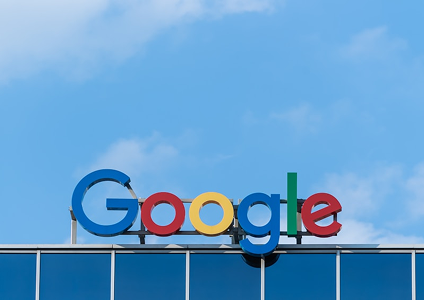Google Ads is one of the most powerful digital advertising platforms available today. Unlike many forms of advertising, Google Ads allows you to reach potential customers at the exact moment they’re searching for products or services like yours. When done right, it can deliver a high return on investment (ROI) and help your business grow exponentially.

Intent-based targeting – Your ads show up when people are actively looking for solutions.
Flexible budget control – Set daily or monthly limits to match your business goals.
Wide reach – Appear on Google Search, YouTube, Display Network, and partner sites.
Measurable results – Every click, impression, and conversion is trackable.
Keywords are the backbone of Google Ads. Use tools like Google Keyword Planner, SEMrush, or Ahrefs to identify:
High-intent keywords (e.g., “buy running shoes online”).
Long-tail keywords that capture specific searches.
Negative keywords to filter out irrelevant traffic.
Tip: Prioritize keywords with high commercial intent, not just high search volume.
Your ad copy needs to capture attention and drive clicks. Focus on:
Clear value propositions – Why should users choose you?
Emotional triggers – Use urgency (“Limited Time Offer”) or exclusivity (“Only Available Today”).
Strong CTAs – “Shop Now,” “Get a Free Quote,” or “Book Your Appointment.”
Even the best ad won’t convert if your landing page fails. Make sure your landing pages are:
Fast-loading and mobile-friendly.
Aligned with ad messaging (don’t promise one thing in the ad and show something else).
Designed with a single clear CTA.
Key Google Ads metrics to monitor include:
CTR (Click-Through Rate): Measures how effective your ad copy is.
Quality Score: Google’s rating of your keywords, ads, and landing pages.
CPC (Cost Per Click): Helps evaluate efficiency of your spending.
Conversion Rate: The percentage of users who take your desired action.
ROAS (Return on Ad Spend): The ultimate measure of campaign profitability.
Google Ads allows you to refine who sees your ads through:
Geo-targeting – Focus on specific locations.
Demographic targeting – Age, gender, household income.
Remarketing – Re-engage visitors who didn’t convert.
Custom audiences – Target based on interests, intent, or behavior.
Run experiments to optimize performance:
Test different headlines, CTAs, and landing page designs.
Adjust bidding strategies (manual CPC vs. automated bidding).
Compare ad formats (search ads, display ads, video ads).
Maximizing ROI with Google Ads requires a strategic balance of keyword targeting, creative ad copy, optimized landing pages, and continuous performance monitoring. Brands that take the time to analyze data and refine campaigns consistently will enjoy lower costs, higher conversions, and long-term growth.
If you’re not yet using Google Ads—or if your campaigns aren’t performing as well as you’d like—start small, test continuously, and scale what works. With the right strategy, Google Ads can become one of your most profitable marketing channels.